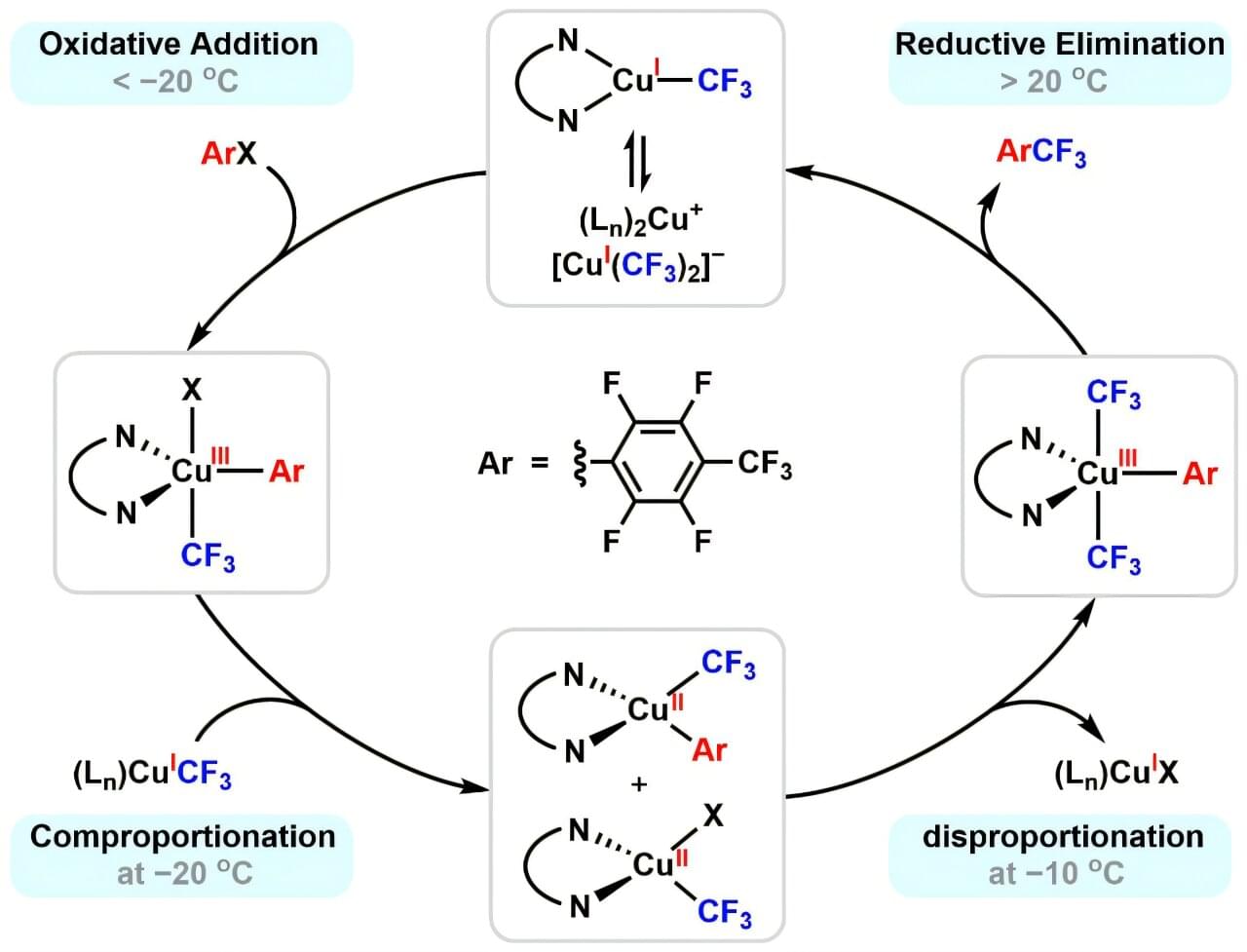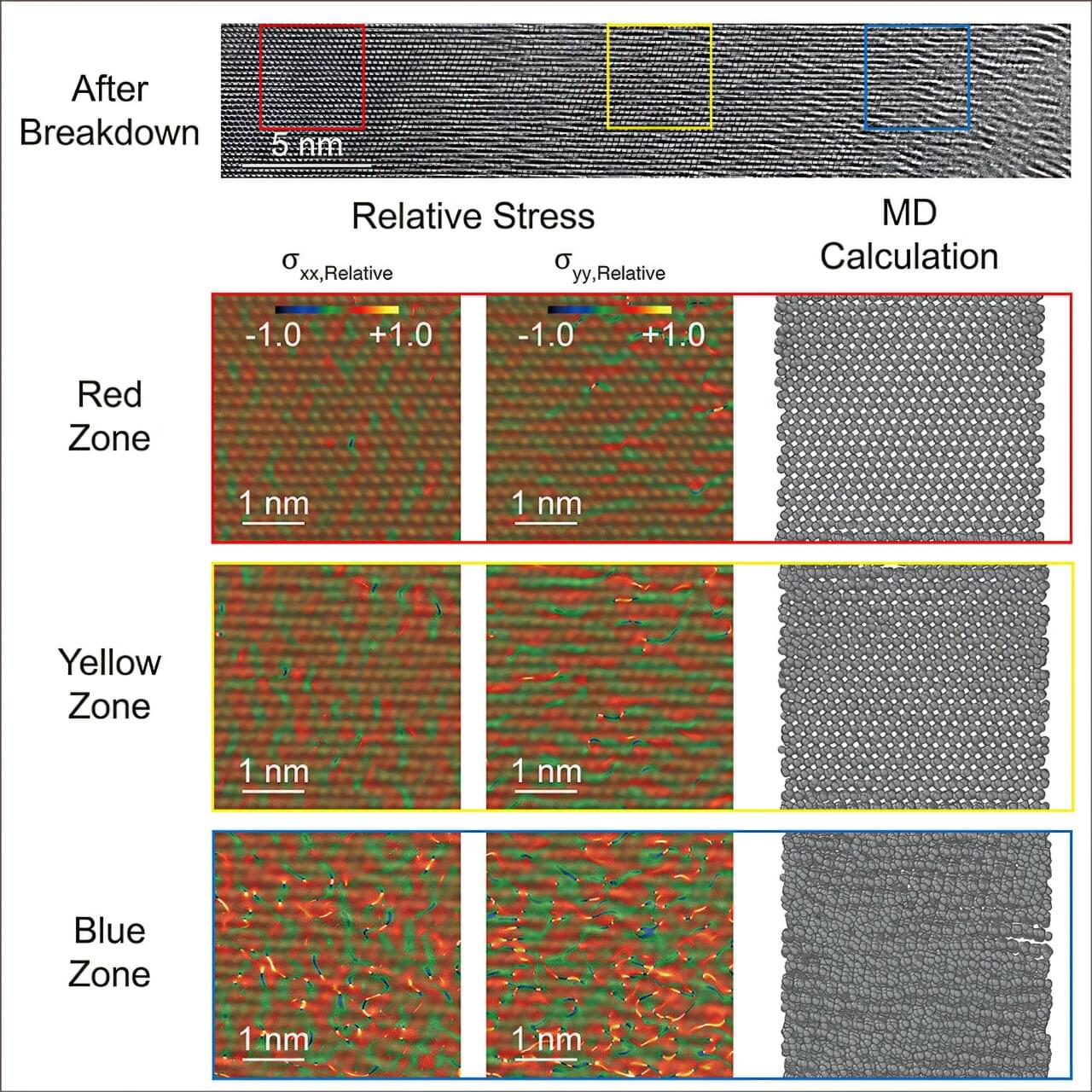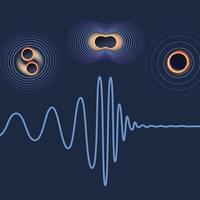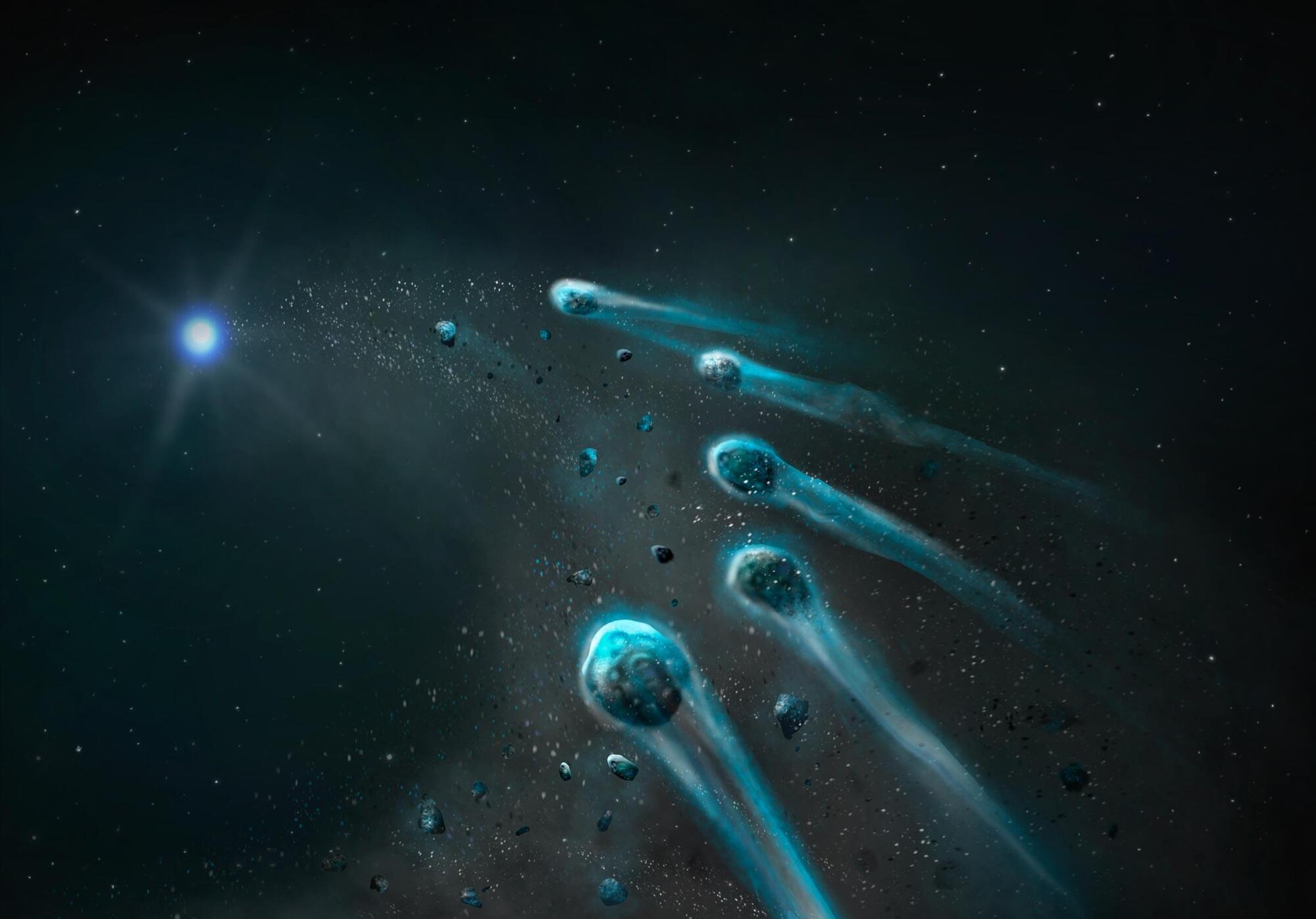It is anticipated that within just a few decades, the surging volume of digital data will constitute one of the world’s largest energy consumers. Now, researchers at Chalmers University of Technology, Sweden, have made a breakthrough that could shift the paradigm: an atomically thin material that enables two opposing magnetic forces to coexist—dramatically reducing energy consumption in memory devices by a factor of 10.
This discovery could pave the way for a new generation of ultra-efficient, reliable memory solutions for AI, mobile technology and advanced data processing.
The article, “Coexisting Non-Trivial Van der Waals Magnetic Orders Enable Field-Free Spin-Orbit Torque Magnetization Dynamics” has been published in Advanced Materials.









